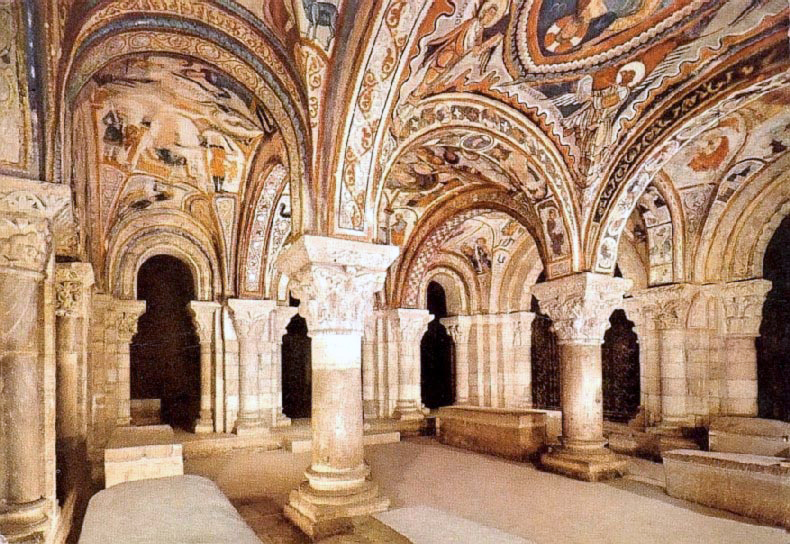As is often the case, the culture shock coming back has been worst than the culture shock going over. Here are some of the things that have astonished us in the now seemingly foreign USA.
- This is indeed the land of extra-large supersizing. We cannot believe how many fries you get with a burger, or how large our coffee mugs are. And the people! Mind you, I am not a skinny man, and I was made painfully aware of this by life among the sveldt Spanish. On any given day, I think I was the fattest person in the General Reading Room of the Biblioteca Nacional. That is with the exception of the days in which this one particular retired professor showed up. Guess what country he was from? Yes, my friends, the good ole' US of A, where I am not by any stretch of the imagination the fattest person around. No, sir, not anywhere close. And that is a problem in itself.
- This is also the paradise of the automobile. I did not drive a car once the entire time we were away, and I loved it. OK. To be fair, I think I once parked a rental car we were using. But Zoë did almost all the driving on those occasions when we traveled by rental car. Those of you who have experienced my driving, and have been able to compare it to hers, are probably muttering "Thank God!" The rest of the time we walked. And took the metro. And the bus. And walked. And Zoë and I lost lots of weight. And we felt free and easy and happy. But now we are back in the US of A, where the "A" is for "automobile." I no longer see people anywhere. I see cars instead. I have to drive everywhere, and I don't like it. Not one bit. And I know that this is a major contributor to our overall obesity. I lost 20+ pounds this past year, simply by walking everywhere, even with all those churros and pastries. Now I'm back where it's almost impossible to walk, because of the distances and the sheer lack of sidewalks.
- Everyone around us is speaking English! How can that be? Don't they know Spanish??!
- Not a single one of these people can either pronounce or spell my name. I am back to being "Richardo Patron." Santiago is screwed too. Zoë is ok in this regard.
- There African Americans everywhere! This is a very good thing. Diversity. I missed it.
- Ethnic food is readily available. Another good thing. No more pining for Pad Thai, or longing for lemongrass.
- My experiences with Orange, my cell phone company in Spain, have made me appreciate the quality customer service at at&t. Yes, you read that right. The cable company, on the other hand, continues to disappoint.
- I have a smart phone again, and have to be careful about compulsive iPhone behavior. Yes, I understand that you do not want me to pull out my iPhone to look something up in the middle of a meal. But why? It's so much fun . . . Just this once? I guarantee you you'll be a happier person with the information I am about to find for you. Oh, and did I show you my cool new app? You won't believe how cool it is.
- American culture is characterized by what we used to call 'spazzing out.' Example. Yesterday, on the Today Show, there was a story that asked the question whether kids should be Facebook friends with their teachers. It was admitted that 99% of such friendships are innocuous, and can even be constructive. Kids get homework help, for example. But that last 1% involves unfortunate situations in which creepy adults have taken advantage of vulnerable young people. So, since the Today Show is completely incapable of understanding that this is not a statistically significant number of aberrant cases to make for a general problem, it puts on this feature about the "big problem" of FB friendships, and covers efforts to legislate against it. We even got first person testimony from the unfortunate victim of such abuse. Worry!! Panic!! Spazzing OUT!!! In other words, fabricating a problem where there is none, calling for legislation when it's really a matter of closer parental supervision of kids, responding disproportionately because it's good for TV ratings, whatever it may mean for the culture as a whole. These are hallmarks of our culture, my friends. I am trying to keep my TV off (or tuned only to TiVo recordings and Netflix downloads) and ignore mainstream media. I recommend you do the same.
That's all I can think of for now . . . Thank you all for following our adventures over the course of the past year. I hope you've had as much fun reading about them as I have had sharing them with you. ¡Ciao!




